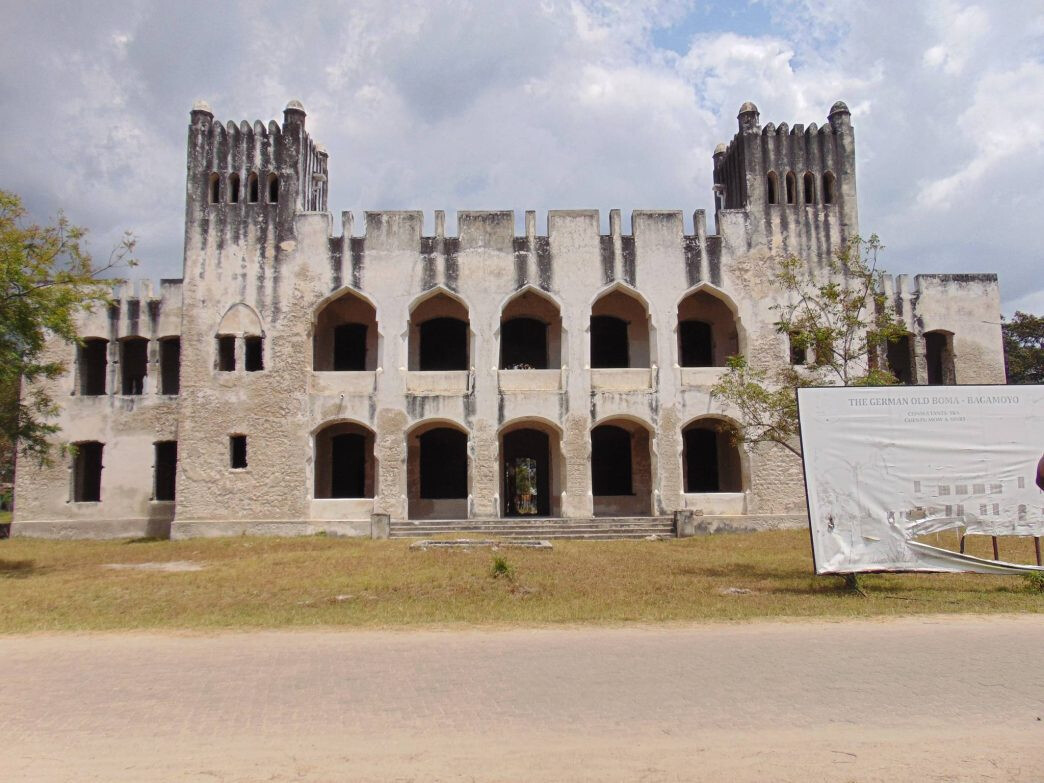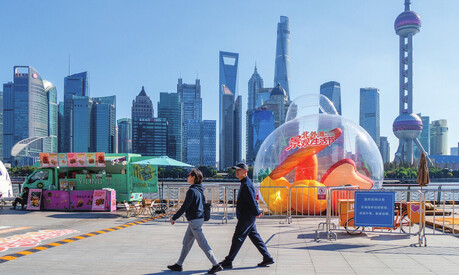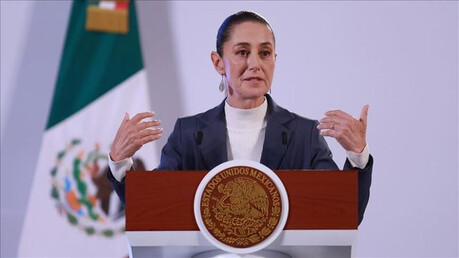
COAST REGION, Tanzania – Nestled along Tanzania's coast, the historic town of Bagamoyo stands as a poignant reminder of the past, while simultaneously playing a vital role in the nation's present and future tourism sector. Its weathered stone buildings and quiet streets whisper tales of slave caravans, explorers, and merchants, creating a living museum that draws travelers eager to immerse themselves in a world shaped by diverse influences.
The name "Bagamoyo," derived from the Kiswahili phrase "Bwagamoyo" meaning "Lay down your heart," speaks volumes about the town's history. In the 18th and 19th centuries, Bagamoyo served as a major hub for the East African slave and ivory trade. Caravans from the interior converged here, their human cargo awaiting the tragic journey across the Indian Ocean. This dark chapter of history indelibly marked the town, attracting Arab merchants, European explorers, and Indian traders.
Beyond its somber history, Bagamoyo also became a center for Christianity in East Africa after Catholic missionaries established a base there in 1868, aiming to rescue and rehabilitate freed slaves. The iconic Catholic Mission stands as a testament to this era. Furthermore, Bagamoyo served as a crucial starting point for expeditions led by renowned explorers like Dr. David Livingstone.
Briefly serving as the capital of German East Africa, Bagamoyo later declined as a major economic center with the rise of Dar es Salaam. However, this decline inadvertently preserved the town, leaving behind a captivating historical tapestry.
Today, Bagamoyo's Stone Town, with its coral stone architecture, intricately carved doors, and flat-roofed houses, is a UNESCO recognized site and a magnet for cultural heritage tourism. "Walking through its streets is like stepping into a past shaped by African, Arab, Indian, and European influences," says Fikiri Mwaiba, the Tourism Officer for Bagamoyo (Old Town) from the Tanzania Forest Service (TFS).
Bagamoyo's historical significance contributes substantially to Tanzania's thriving tourism industry, a key driver of the national economy. Tanzania has seen remarkable tourism growth, exceeding its targets. According to the Ministry of Natural Resources and Tourism, the country welcomed 5.3 million tourists last year, generating $3.9 billion in revenue. The nation aims to reach $6 billion in tourism revenue by this year.
Bagamoyo plays a crucial role in this success. Mr. Mwaiba noted that in the 2023/2024 financial year, the town received nearly 20,000 visitors, generating over 57 million Tanzanian Shillings in revenue. Tourism numbers have rebounded significantly since the COVID-19 pandemic, particularly after the release of the Royal Tour documentary, with monthly visitor numbers now reaching between 500 and 1,000. Data from the Tanzania Tourism Board (TTB) indicates an 18% increase in visitors in 2024 compared to the previous year.
This growth is attributed to government efforts to promote cultural tourism, the resurgence of global travel, and the rise of domestic tourism. "More Tanzanians are exploring their own country, reconnecting with their heritage," explains Mr. Mwaiba.
The tourism boom has brought job creation and community development to Bagamoyo. Local tour guides, artisans, cultural performers, hoteliers, restaurateurs, and transport providers all benefit. Investments in conservation projects, supported by organizations like UNESCO, have created further opportunities in archaeology, architecture, and cultural preservation. Mr. Mwaiba also highlighted the government's focus on strengthening security in parks and museums, crediting initiatives like the Wildlife and Forest Conservation Service (Jeshi Usu) for improved conservation efforts.
Bagamoyo offers diverse experiences, from historical exploration and educational tours to biking, snorkeling, diving, fishing, and boat tours. Nearby attractions include the Kaole Ruins, Pande Game Reserve, and Saadani National Park.
Despite its potential, Bagamoyo faces challenges. Residents like Miriam Isack point to the urgent need for restoration of historic buildings, damaged by coastal humidity, and the importance of sustainable tourism practices. There is growing support for adding Bagamoyo to the UNESCO World Heritage list, which could unlock further funding for conservation. Improved infrastructure is also seen as vital to enhancing the town's appeal.
Bagamoyo's proximity to Dar es Salaam makes it an ideal cultural getaway. Resident Muhammad Kitwana emphasizes that Bagamoyo is a "living, breathing piece of Tanzania's identity." As Tanzania seeks to diversify its tourism offerings, Bagamoyo's potential as a heritage tourism hub is undeniable. By preserving its past and embracing sustainable tourism, this coastal gem is poised to play a significant role in Tanzania's future as a premier tourist destination.
[Copyright (c) Global Economic Times. All Rights Reserved.]






























